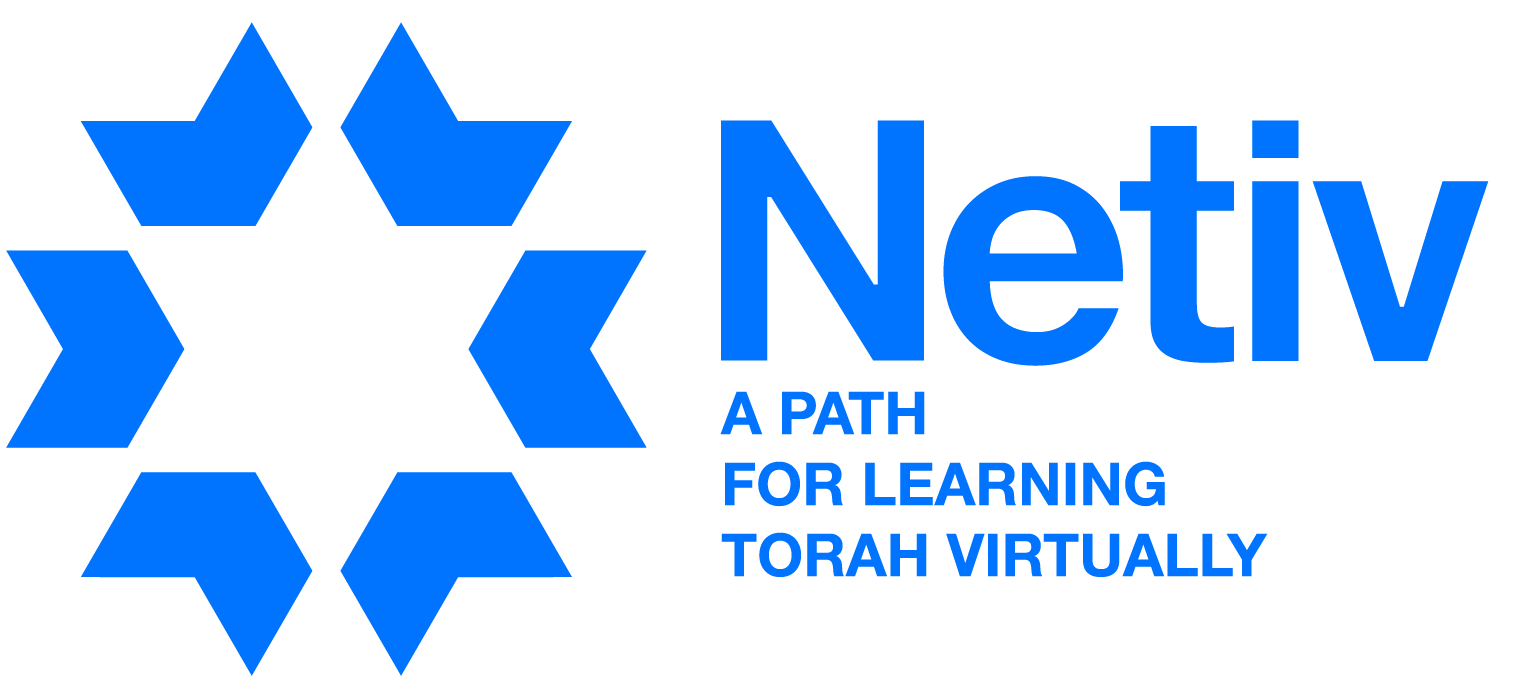Sacrifices
Chapter Fifteen
Sacrifices
1. The reason man lacks a sensitivity to and understanding of animal sacrifices dates back to a period of time just before the building of the Second Temple. It was a time when idolatry was rampant. Man was said to truly lust after idol worship. The situation was so desperate that the Sages of Israel prayed to God to remove man’s deep yearning for idolatry. When the prayers were accepted, a lion of fire was seen to burst forth from the curtain of the Holy of Holies. The Sages understood God’s answer. Since He had created the world in such a way that good and evil are always balanced to afford man free choice, when the desire for idolatry was removed, the balance was maintained by removing man’s understanding of sacrifices.1
In brief, offering an animal sacrifice symbolized the subjugation and destruction of man’s animal nature. The animal was slaughtered then burned on the altar, reducing it to its elements which ascended on high. By meditating on this process, a person was able to nullify his animal self, thus bringing him closer to God. And we find that the Hebrew word for sacrifice iskorbanwhich comes from the root karav,meaning close, since the korban brought man close to God.2
Since the time of the destruction of the Holy Temple, the Jews were promised that study of the laws of sacrifices and prayer would be acceptable to God in lieu of the actual sacrifices, as it is written, “We will render the prayer of our lips in place of the sacrifice of bullocks” (Hos. 14:3).
What about the Children of Noah? In the times of the Holy Temple, the righteous among them who followed the Seven Universal Laws were permitted to dwell in the Land of Israel and to enter the Temple and to offer sacrifices to God. Moreover, sacrifices were offered on behalf of the nations of the world by the Jewish priests, most notably the seventy bullocks offered during the holiday of Sukkot, the Festival of Booths.3
If, after the destruction of the Holy Temple, the Jew could offer his sacrifices to God in a spiritual way by prayer and study, what could the Noahide do?
The answer is a great surprise. Although the Jew is forbidden to offer sacrifices anywhere but in the Holy Temple, the Noahide, in the opinion of many authorities, is permitted to build private altars and present offerings to the God of Israel upon them even today!4 (This in no way implies that a Noahide is discouraged from praying to God.)
Although the laws of sacrifices are complex indeed and outside the scope of this volume, the following points are a brief digest of their general principles.
2. During the times when the Holy Temple stood in Jerusalem, a Noahide was permitted to bring a korban olah, a burnt offering wholly consumed by fire.5

3. The Noahide is permitted to bring spiritually clean wild animals, such as members of the deer family, as well as spiritually clean domestic animals. Spiritually clean animals are those that have split hooves and chew their cud. He may also bring spiritually clean birds, even roosters. Chickens and spiritually clean wild animals are permissible only when the Noahide is offering them on his private altar.6 When he brings an offering to God in the Holy Temple, it must correspond to those kinds prescribed by the Torah and Jewish Law.
4. The offering of a Noahide must have all its limbs to be valid. Other blemishes and minor disfigurements do not render the offering invalid. This leniency is applicable only when the sacrifice is offered on one’s own private altar. When the Children of Noah bring sacrifices to the Holy Temple, they are acceptable only if they meet the criteria of a Jewish offering.7
5. The Children of Noah may construct altars and offer their sacrificial offerings in any location.
6. One may only offer akorban olah,the burnt offering, which demonstrates a desire to cling to the God of Israel. This offering is entirely consumed by fire and is among the most holy of the sacrifices. It is slaughtered on the north side of the altar, and its blood is received in a service vessel at the north side of the altar. Its blood is then dashed against the northeast corner and the southwest corner of the altar, thereby spreading out along all four walls. These sacrifices require that the hides of the animals be given to the kohanim (Jewish priests). The flesh of the animal is then to be flayed and cut in pieces before it is entirely consumed by the altar’s fire.8
7. Since most authorities today forbid kohanim from accepting their portion of the sacrificial offerings, doubt exists regarding the permissibility of these sacrifices from the Children of Noah.
8. One who knowingly offers an invalid sacrifice is liable for punishment.
9. Some authorities contend that if a Noahide offers a sacrifice that is missing a limb, he transgresses a positive commandment, but it is not a transgression of one of the Seven Laws of the Children of Noah, which would require punishment in a court of law.9 Others say that there is no transgression at all, but the sacrifice is merely rendered invalid.10

——————————————————
1 Babylonian Talmud, Yoma 69b
2 Jerusalem, Eye of the Universe, Aryeh Kaplan, Chapter 5
3 Babylonian Talmud, Sukkah 55b
4 Ibid., Zevachim 116b, Mishneh Torah, Laws of Sacrifices, 19:16
5 Ibid., 3:3
6 Babylonian Talmud, Zevachim 115b
7 Encyclopedia Talmudica, Sons of Noah, vol.3, p.357 8 Mishneh Torah, Laws of Sacrifices, 6:1-23
9 Babylonian Talmud, Avodah Zarah 5b; Tosefos, “From where do we know…” 10 Ritvah on Tosefos, footnote 7






